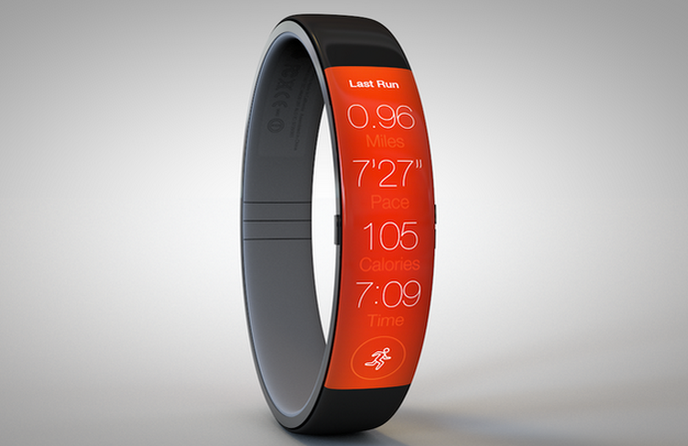Apple's rumoured iWatch will not include any complex glucose monitoring features when it finally launches, it's claimed.
Reports from earlier this month said Apple is developing a Healthbook app for iOS 8 that would read "glucose-related data", though other reports claimed the iWatch will not feature built-in glucose sensing. Now Network World has jumped on the rumour mill bandwagon, suggesting a glucose-monitoring feature will definitely not be included in the iWatch because the technology is too early in its development.
Specifically, Network World noted how Apple snagged scientists and engineers from a now-defunct California company called C8 Medisensors. The firm was developing a non-invasive continuous glucose monitoring wearable device called the HG1-c. The device wasn't wrist wearable, however. That's because its glucose-reading sensor was attached to a waist belt, and, when coupled with a battery pack, weighed more than the iPhone 4.
Apple was likely interested in the HG1-c device because it used Raman spectroscopy to indirectly measure blood glucose levels. It did so by shining light through the skin. This action would agitate blood glucose molecules, then an optic sensor could read the light reflected off any vibrating molecules and calculate a glucose level. Fancy stuff.
If Apple does improve the the HG1-c, it will still need US Food and Drug Administration approval, which requires clinical trials, meaning it could take another two years before Apple is ready to include glucose monitoring in its iWatch. Thus, as website MacRumors noted, Apple will probably just allow first-generation iWatch users to monitor glucose levels by syncing them from a glucose monitoring device or manually entering them into the Healthbook app.
READ: Google's smart contact lens will measure glucose levels in your tears
Keep in mind that Apple would want the iWatch to include a glucose-monitoring feature because Google's Google X team already developed a smart contact lens that measures glucose levels in diabetics. It uses miniaturised electronics like chips, sensors, and a hair-thin antenna to test tears for glucose. Google revealed it's also working toward embedding tiny LED lights, among other things, which would light up to notify you of low or high glucose.

